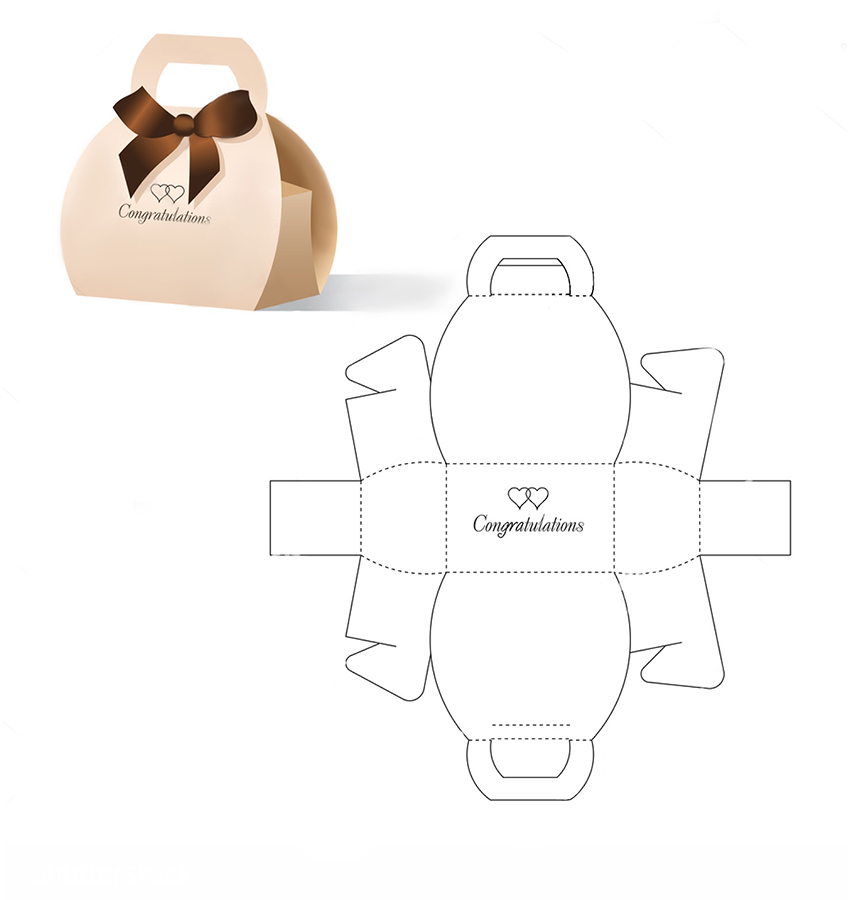
The packaging industry is one of the great “unseens”. We all know packaging is everywhere and Top insights of the Packaging Industry, but the industry behind it somehow never captures as much attention and mindspace as some others. As of 2023 the US packaging industry is worth almost USD 12 Billion and employs almost 50,000 people– quite small numbers compared to behemoths like the Finance industry or IT. However it is very much a core industry considering how much it touches customers and affects them.
Tracking changes in the Packaging industry is a great way to measure how much new technologies. Ecosystem changes or internal dynamics of the industry have penetrated to the grass-roots level. Such tracking is a great source of insights and planning exercises. Whether one is a partner, vendor, or customer of a packaging company.
Continued Supply Chain Disruptions:
Two years after Covid-related upheaval the supply chains from source to package remain problematic. Not just specialty materials but even paper and wood packaging markets are unsteady, with stockouts, sharp price increases, etc. This is expected to continue into 2023 as well. For one, consumers might have stayed away from stores since 2020, but eCommerce sales went through the roof. Besides, they’re back in the stores now! Thus demand for packaging material far outstrips supply. With new man-made crises in Europe in 2022. The delicate balance of international trade was disrupted, and is not yet stable.
Sustainability:
Climate change, eco-friendliness, minimum impact…however you term it, sustainable manufacturing has moved from the fringes of corporate planning to centerstage in the packaging industry. No idea is outlandish anymore, be it paper honeycombs to replace bubblewrap, or edible seaweed-based water containers. There is a clear sense of purpose and urgency to build large scale, sustainable packaging solutions. It isn’t just about regulations or new-found affinity to the cause of eco-friendliness either. It’s about protecting entire revenue pipelines which will otherwise be in danger right away, or certainly within a few years as customers and regulators alike shun polluting, ecosystem-disrupting packaging. Therefore we see 2023 and beyond as a time when Packaging design within brands, and packaging manufacturing technology in response will both be strategically important and therefore in focus of top management, investors, and shareholders, not to mention external stakeholders in the community and government.
Out of this interest to be sustainable have emerged two trends that are likely to be multi-year trends. The first is a greater effort to research, produce, and popularize mono-material packaging. This refers to packaging made from a single material which can be recycled more easily. Compared to most modern packaging which is a sort of composite, made of paper, resin, wood, plastic, various types of synthetic glues, etc. New fastening methods, including origami folding and interlocking seals are also being promulgated.
The second trend focuses on design rather than material. Past design cycles have swung between maximalist extravaganza, and minimalist simplicity. The design trend now pretty clearly seems to be towards the latter. Sure, the occasional brand or category might buck the trend, but the overall direction seems to be to create packages which emphasize harmony, subtlety, and minimalism with lesser use of ink. This seems to resonate with customers and will therefore likely keep growing.
AI and Automation:
As in many other industries, the use of AI is accelerating within the Packaging industry as well. In 2023 we expect AI-powered systems to start influencing many aspects of the package manufacturing process. Many industry standard softwares, especially the Adobe suite as well as Esko are building in AI to make many tasks single click, such as masking, die-line creation, and even pre-building 3D mockups. Since Machine Learning is a key component of AI systems, the more the systems are used, the better they will get. Another key area of AI application will be automatic package sizing based on the shape and weight, leading to more right-sizing. Yet another application, this time in graphic design will save time and effort for graphic designers. AI tools will increasingly replace people to do work like detailing based on guidelines provided by the human user.
Conclusion
The packaging industry is a great bellwether to judge the state of the wider corporate world. It is going through changes, facing challenges, and incubating innovations that signal a wider shift in consumer lives. We at Manipal Digital, as members of one of the world’s premier packaging prepress service providers, have front-row seats to these changes, and have already modified our workflows to benefit from them!



